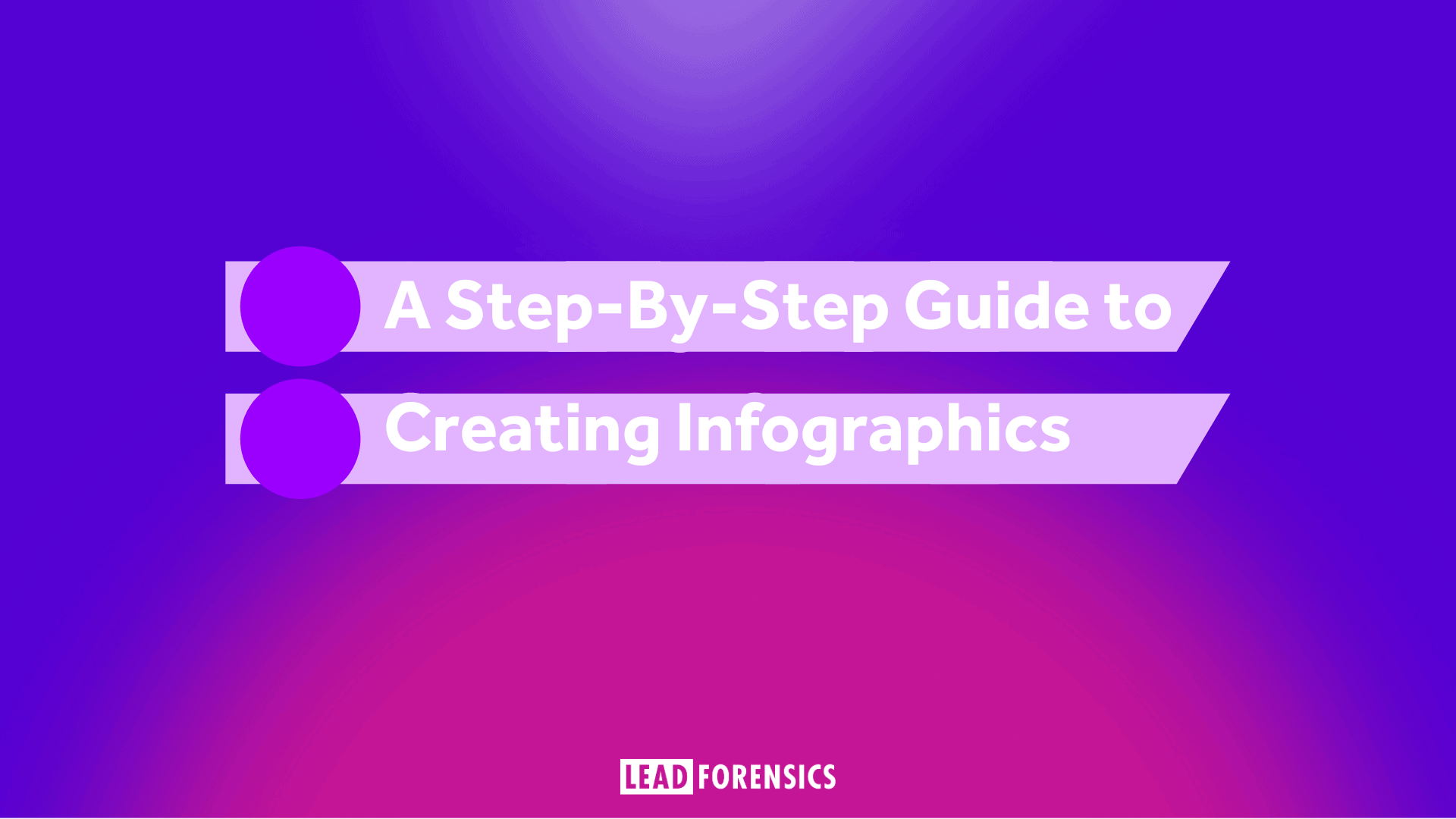For some, it will be an auditory approach that involves speaking and listening, such as a lecture. For others, it is words, and reading and writing text. And for around 65 percent of us, it is visual learning, according to the Social Science Research Network.
This may explain why so many people find infographics so appealing and why marketers are keen to make full use of them.
What is an Infographic?
In simple terms, an infographic is basically a visual representation of a set of data or information. Usually, it will help to explain something and by concentrating on the visual aspect, achieve this in a very different way to words.
The more complicated and convoluted they are, the more uninteresting they will become and the less well they’ll work. Data visualization is a science in itself, as the famous TED talk by McCandless “The Beauty of Data Visualization,” explains well.
The best and most effective infographics will be interesting, easy on the eye and contain great content. But that’s hard to achieve. It isn’t as simple as throwing a couple of charts together and using colorful boxes. A lot of preparation needs to go into it.
Our guide will equip you with everything you need to create an infographic that not only grabs attention but also drives conversions.
1. Define Your Goal
The purpose of the infographic is the most important question you need to answer. Why do you want an infographic? What should it achieve? Why is it a good idea to present your information in this way?
2. Consider the Target Audience
Consideration for your target audience is also important. It will only work if the people who it is intended for will be interested in it, find it easy to follow and think it is good and worthy of sharing.
The wording, style and design should all be guided by your audience. Are they more focused on numbers? Then perhaps it’s better to show those prominently. Are they a more creative audience? Then you will need to activate their right brain with more colors and other creative concepts.
Take a step back and ask yourself, is the audience likely to interact with the infographic? If not, then consider alternative forms of content that might work better, such as a white paper, video or SlideShare.
3. See What Others are Saying
Start by searching the internet for infographics on the topic you want to cover. Pinterest can be a helpful starting point for this.
Unless your data is truly unique, it’s very likely that someone else has already explored the subject. It’s just how it goes in a digital world. But just because it’s already been done, doesn’t mean you shouldn’t tackle it. You just need to ensure you create a higher quality infographic. Maybe explain the data better, make it easier to understand, or simply make it visually more appealing.
4. Prepare a Brief
Having stated your purpose, considered your audience and done some research, it’s now time to put it all together in one brief. Everyone working on the content and design should have a copy, so they’re up to speed and actively working towards fulfilling a clear brief.
5. Think What Data is Needed and Where You Can Get It
It’s then time to pull the data together, if you haven’t done so already. This task can actually be a fairly complex activity. Not all data is equal, it won’t all be necessary and it may not all be accurate. Be sure to spend a good amount of time making sure your data is of the highest quality.
6. Be Clear on the Story the Data is Telling You
When it’s time to create your infographic, the key question to answer is ‘what story is the data telling?’.
Listing numbers in a spreadsheet is a simple enough task. But what story do these numbers tell you?
Here is our example showcasing the top 20 visitor identification software based on their G2 satisfaction score:
7. Experiment With Storyboards
In the movie industry, they take a script and illustrate each scene to create what is called a storyboard. It helps the makers of the movie have a visual overview of the entire project.
It is a tried and tested method you can also apply to creating an infographic. You don’t need to be a great artist, simply sketch out the individual steps, or parts of your infographic and arrange them accordingly. You could put the steps on a sticky note on the wall or a whiteboard, then move them around to find the best flow.
8. Decide How To Present The Data
With the information you now have together, it’s time to decide which will be the best way to show off your data. If you have already put it together, revisit it. Check, is there another way you could present the information? Think every possibility through, before you finally decide on one. Perhaps show some team members a rudimentary outline and ask if they can make sense of it.
9. Fix the Elements of Your Infographic
This stage is about defining the various elements of your infographic. There are three major categories you need to include:
- The data itself and how it will be visualized
- The description of the data and any labels (never present data without labels)
- Guidance for the viewer (how you will lead their eyes from one point to the next)
10. Write the Copy
Saying more with less, that’s key with an infographic. Use an experienced copywriter who will be able to get it absolutely right. The fewer words you use the more succinct and appropriate they need to be. Eliminating meaningless fluff is of top importance.
11. Create The Final Design
Finally, it’s time for your designer to work their magic and put it all together. Use a professional for this, so you get a high quality output.
12. Test and Refine
Before you press go on your infographic, test it. Now you have the version you want to publish, getting good feedback is vital. Starting over from scratch at this point is never a good idea, which is why you want to test your entire infographic concept and outline during the process. In this last step, only concentrate on minor changes – for example, if you need to make things bigger or smaller, or change a color here or change a color here or there. That kind of thing.
13. Publish
When it’s time to publish your infographic, you have several options to explore.
Your digital infographic should be shared anywhere you can possibly think of – across all your social media channels, on your website, inside white papers and eBooks, issued in conjunction with a press release, etc. There are also many infographic submission sites, which you may want to investigate too.
As for a printed version, think outside the box.
- If you have a public space, you can hang it there for people to see.
- Have it sent to specific key leads or customers who might appreciate it, to hang up in their offices.
- If you do events, you may want to print it on a stand-up banner and have it at all the events you go to.
You could even print out a smaller reference card for all your sales reps, as another way to get the infographic out there.
Infographics certainly take quite a bit of effort to get right, but if you take your time and think it through, considering all the tips we’ve given you, then it will be worthwhile – as you’ll end up with a high impact content asset.
We love a good infographic here at Lead Forensics, and we’ve spent some time creating one that explains how our own software can help businesses turn their anonymous website visitors into customers. As you’ll see, it’s a mixture of a timeline and lot of interesting data, designed for marketers and sales people alike.











